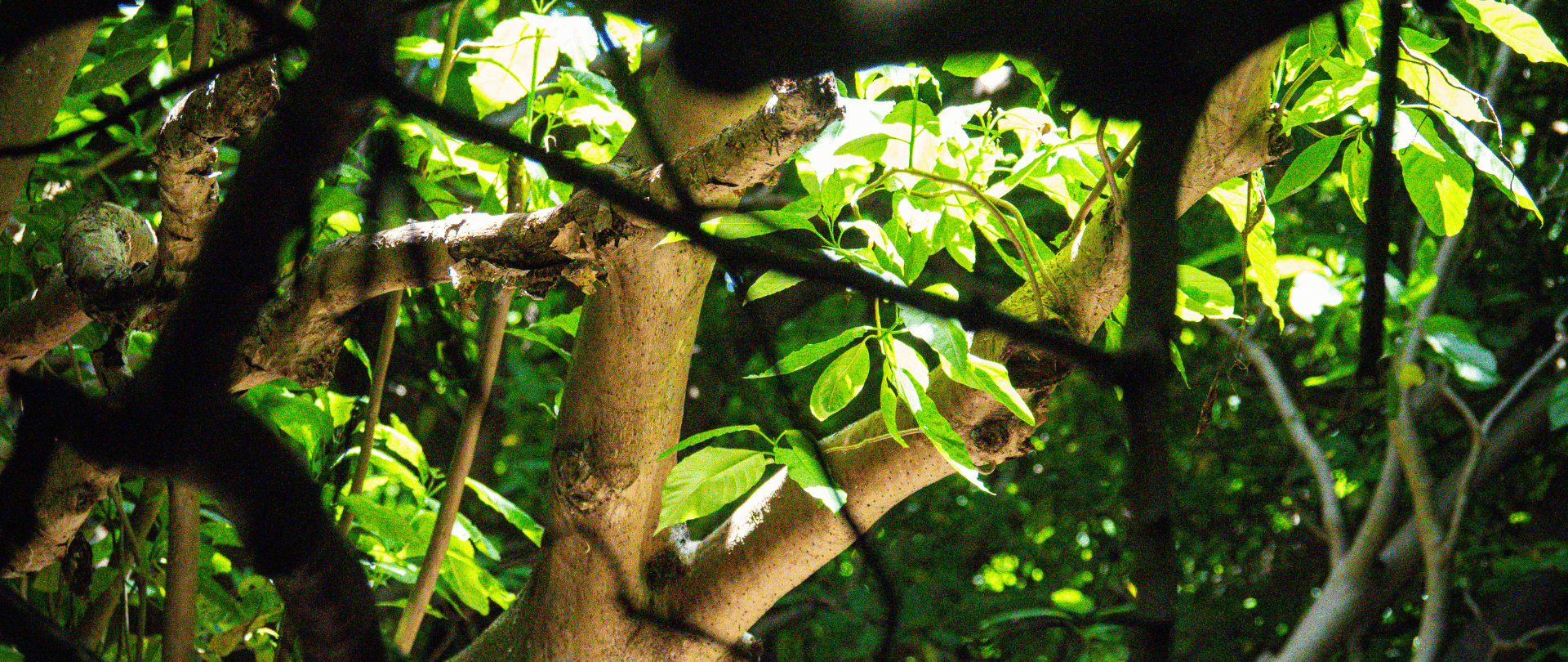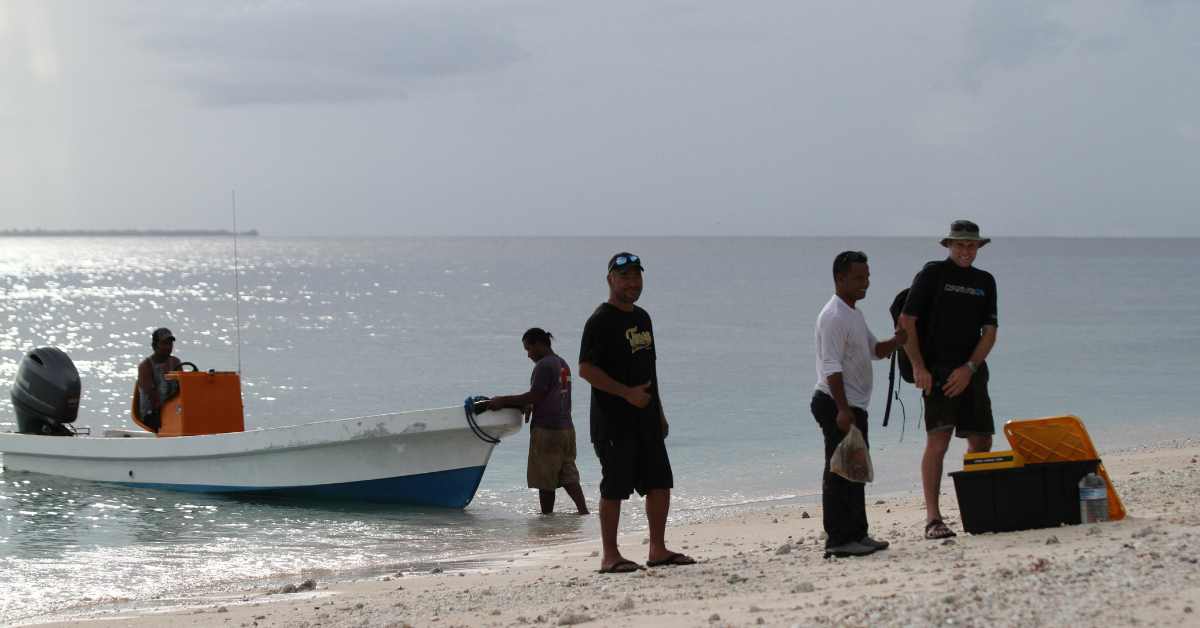March 11, 2025
Press Release: New eDNA Tool Can Detect Invasive Rodents Within an Hour
New environmental DNA technology can help protect vulnerable island ecosystems from destructive invasive species.
We use cookies to help you navigate efficiently and perform certain functions. You will find detailed information about all cookies under each consent category below.
The cookies that are categorized as "Necessary" are stored on your browser as they are essential for enabling the basic functionalities of the site. ...
Necessary cookies are required to enable the basic features of this site, such as providing secure log-in or adjusting your consent preferences. These cookies do not store any personally identifiable data.
Functional cookies help perform certain functionalities like sharing the content of the website on social media platforms, collecting feedback, and other third-party features.
Analytical cookies are used to understand how visitors interact with the website. These cookies help provide information on metrics such as the number of visitors, bounce rate, traffic source, etc.
Performance cookies are used to understand and analyze the key performance indexes of the website which helps in delivering a better user experience for the visitors.
Advertisement cookies are used to provide visitors with customized advertisements based on the pages you visited previously and to analyze the effectiveness of the ad campaigns.
Looking to make an impact this Earth Month? Here’s how.

Seabirds are once again thriving thanks to the successful removal of invasive rats
In its efforts to adapt to climate change impacts, the Republic of the Marshall Islands (RMI), an island country located near the equator in the Pacific Ocean, has taken a significant step forward in addressing the threat of invasive species on Irooj, a small islet that forms part of Majuro.

In 2022 a team from the Ministry of Natural Resources and Commerce (MNRC), with support from the Secretariat for the Pacific Regional Environment Program (SPREP) and guidance from global nonprofit Island Conservation, undertook an operation to remove invasive rats from Irooj. In March 2023, the project was declared an overwhelming success.
The island feels alive again,” said Kennedy Kaneko, RMI’s National Invasive Species Coordinator. “Careful monitoring showed zero signs of rats on Irooj. In fact, seabirds and crabs were found in abundance.”
For decades, invasive rodents on Irooj destroyed native biodiversity and threatened vulnerable species, including seabirds, crabs and other animals that are crucial to the island-ocean ecosystem. Studies have shown that eliminating such threats allows native plants and animals to thrive, which leads to greater nutrient deposits, thereby nourishing both terrestrial and marine organisms throughout the ecosystem. It is vital for local communities relying on natural resources that this cycle be restored and protected.

“Communities that live and rely on islands are particularly vulnerable to environmental changes,” said Richard Griffiths, South and West Pacific Regional Director at Island Conservation. “Destructive invasive species destroy biodiversity and upset the natural balance of an ecosystem, adding incredible risk to these already susceptible islands. By removing invasive species, we can build resilient island-ocean ecosystems that serve as a natural defense against climate change impacts.”
The eradication activities are part of the Regional Predator Free Pacific program, within the Pacific Regional Invasive Species Management Support Service (PRISMSS) of which Island Conservation is a technical lead. The activities are funded under the GEF 6 Regional Invasive Project (GEF 6 RIP), which aims to develop and implement comprehensive national and regional invasive species management frameworks that help to reduce the threats from invasive species to terrestrial, freshwater, and marine biodiversity in the Pacific. The GEF 6 RIP is funded by the Global Environment Facility (GEF), implemented by the United Nations Environment Programme, and executed by SPREP.

This work is also part of a wider program of work funded by both GEF and the U.S. Department of the Interior (USDOI) through its Coral Reef and Natural Resources Initiative, which will demonstrate proof of concept for further invasive rat eradications within RMI. Over the coming weeks, MNRC aims to remove rats from the islets of Calalin, Enemakij, Enekotkot, Bokaetoktok and Lobikaere, as well as to the southern Nadikdik (Knox) Atoll.
We hope that this is just the start of many more success stories,” said Griffiths. “We know that if we want to maximize the health of our reefs, we need to restart the seabird-driven nutrient cycle that is so important for coral health and sustainability.”
These interventions require collaboration from all stakeholders – from local community members and government agencies to organizations with vast knowledge of island-ocean ecosystems and refined expertise conducting eradications. In this case, RMI serves as a case study that proves such partnerships are not only practical, but also yield the best return on investment.
“As a country we need to pull out all the stops to adapt to rising sea levels and climate change,” said John Silk, RMI Minister for Natural Resources and Commerce. “Tackling the threat of invasive species is a critical piece of work that often doesn’t get enough attention. We know that removing invasive rats benefits biodiversity, but we often forget that it can help us improve food security, reduce the prevalence of many diseases, and help our reefs at the same time.”
###
RESOURCES: Photos, Interviews available on request.
MEDIA CONTACTS:
Sally Esposito
Strategic Communications Director, Island Conservation
Sally.Esposito@islandconservation.org
+1 706 969 2783
Isabell Rasch
GEF 6 Regional Invasive Species Coordinator, SPREP
isabellr@sprep.org
+ 685 21929 Ext. 351
BACKGROUND
Island Conservation
Island Conservation is our world’s only international nonprofit conservation organization dedicated solely to preventing extinctions on islands. Our collaborations with local island communities aim to improve livelihoods, manage invasive species, and reintroduce native animals and plant life. Island Conservation is a United States-based 501(c)(3) charitable organization working through diverse local and international partnerships to foster sustainable development, climate resilience, and healthy island-marine ecosystems across the globe. Visit us at www.islandconservation.org.
Check out other journal entries we think you might be interested in.
Notifications